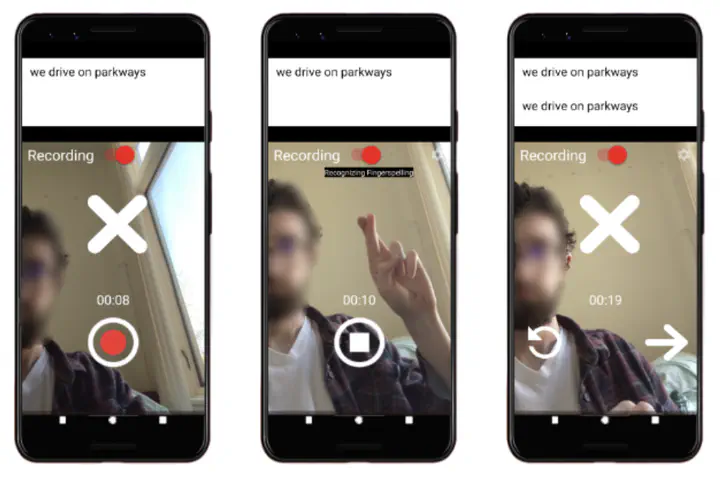 Image credit: Unsplash
Image credit: UnsplashAbstract
Soon, smartphones may be capable of allowing American Sign Language (ASL) signing and/or fingerspelling for text entry. To explore the usefulness of this approach, we compared emulated fingerspelling recognition with a virtual keyboard for 12 Deaf participants. With practice, fingerspelling is faster (42.5 wpm), potentially has fewer errors (4.02% corrected error rate) and higher throughput (14.2 bits/second), and is as desired as virtual keyboard texting (31.9 wpm; 6.46% corrected error rate; 10.9 bits/second throughput). Our second study recruits another 12 Deaf users at the 2022 National Association for the Deaf conference to compare the walk-up usability of fingerspelling alone, signing, and virtual keyboard text entry for interacting with an emulated mobile assistant. Both signing and virtual keyboard text entry were preferred over fingerspelling.